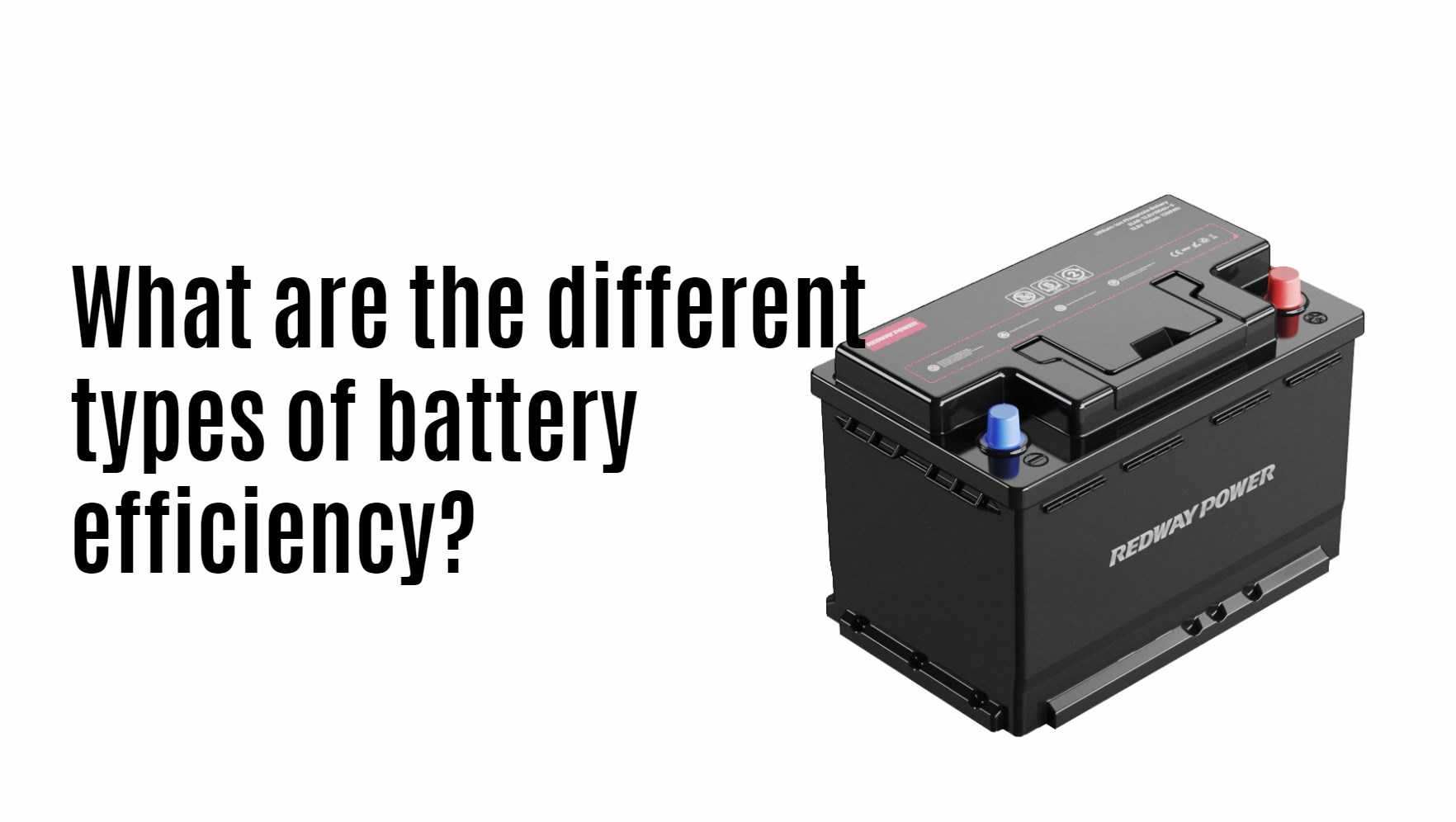Battery efficiency is a crucial factor in determining the performance and longevity of various battery technologies. Understanding the different types of battery efficiency helps users make informed decisions about energy storage solutions. Here, we explore several key aspects of battery efficiency, including energy density, charge efficiency, round-trip efficiency, and self-discharge rates.
1. Energy Density
Energy density refers to the amount of energy that can be stored in a given volume or weight of the battery. It is typically expressed in watt-hours per liter (Wh/L) or watt-hours per kilogram (Wh/kg). Higher energy density means that a battery can store more energy in a smaller space, which is particularly important for applications like electric vehicles and portable electronics.
- Types:
- Lithium-ion Batteries: Known for their high energy density, often exceeding 200 Wh/kg.
- Lead-Acid Batteries: Generally have lower energy density, around 30-50 Wh/kg, making them bulkier for the same energy output.
2. Charge Efficiency
Charge efficiency measures how effectively a battery converts input energy into stored energy. It is expressed as a percentage and indicates how much of the input energy is retained after charging.
Wholesale lithium golf cart batteries with 10-year life? Check here.
- Typical Values:
- Lithium-Ion Batteries: Charge efficiencies typically range from 90% to 95%, meaning very little energy is lost during the charging process.
- Lead-Acid Batteries: Charge efficiencies can be lower, often between 70% and 85%, due to heat loss and other factors.
3. Round-Trip Efficiency
Round-trip efficiency refers to the ratio of energy output during discharge to the energy input during charging. This metric is crucial for evaluating how much usable energy a battery can provide relative to what was initially stored.
- Efficiency Ratings:
- Lithium-Ion Batteries: Generally exhibit round-trip efficiencies above 80%, making them suitable for applications requiring frequent cycling.
- Sodium-Ion Batteries: Emerging technologies show potential efficiencies around 80%, but ongoing research aims to improve this further.
4. Self-Discharge Rate
The self-discharge rate indicates how quickly a battery loses its charge when not in use. A lower self-discharge rate is preferable, as it means the battery retains its charge longer without active use.
Want OEM lithium forklift batteries at wholesale prices? Check here.
- Comparison:
- Lithium-Ion Batteries: Typically have a self-discharge rate of about 2-5% per month, making them suitable for long-term storage.
- Nickel-Metal Hydride (NiMH) Batteries: Have higher self-discharge rates, often around 20-30% per month, which can be problematic for devices that are not used frequently.
5. Cycle Life
While not strictly an efficiency metric, the cycle life of a battery is an important factor in its overall performance and value. Cycle life refers to the number of complete charge-discharge cycles a battery can undergo before its capacity significantly degrades.
- Cycle Life Ratings:
- Lithium Iron Phosphate (LiFePO4): Can achieve cycle lives between 2,500 and 12,000 cycles, depending on usage conditions.
- Lead-Acid Batteries: Typically offer shorter cycle lives, ranging from 300 to 1,000 cycles, depending on depth of discharge and maintenance practices.
Latest Developments in Battery Efficiency
Recent advancements in battery technology focus on enhancing efficiency across various types:
- Researchers are developing new materials that improve charge efficiency and reduce self-discharge rates.
- Innovations in solid-state batteries are promising higher energy densities and improved safety profiles.
- The market is increasingly interested in sustainable practices for recycling batteries to minimize environmental impact while maximizing efficiency.
Redway Expert Comment
In our experience at Redway Battery, understanding the different types of battery efficiency is crucial for optimizing performance in various applications. As technology evolves, we anticipate significant improvements in energy density and charge efficiencies that will enhance the practicality of batteries across multiple sectors.”
Conclusion
In summary, different types of battery efficiency—energy density, charge efficiency, round-trip efficiency, self-discharge rates, and cycle life—play critical roles in determining the performance and suitability of batteries for specific applications. As advancements continue to emerge in battery technology, understanding these metrics will help consumers make informed choices about their energy storage solutions.






